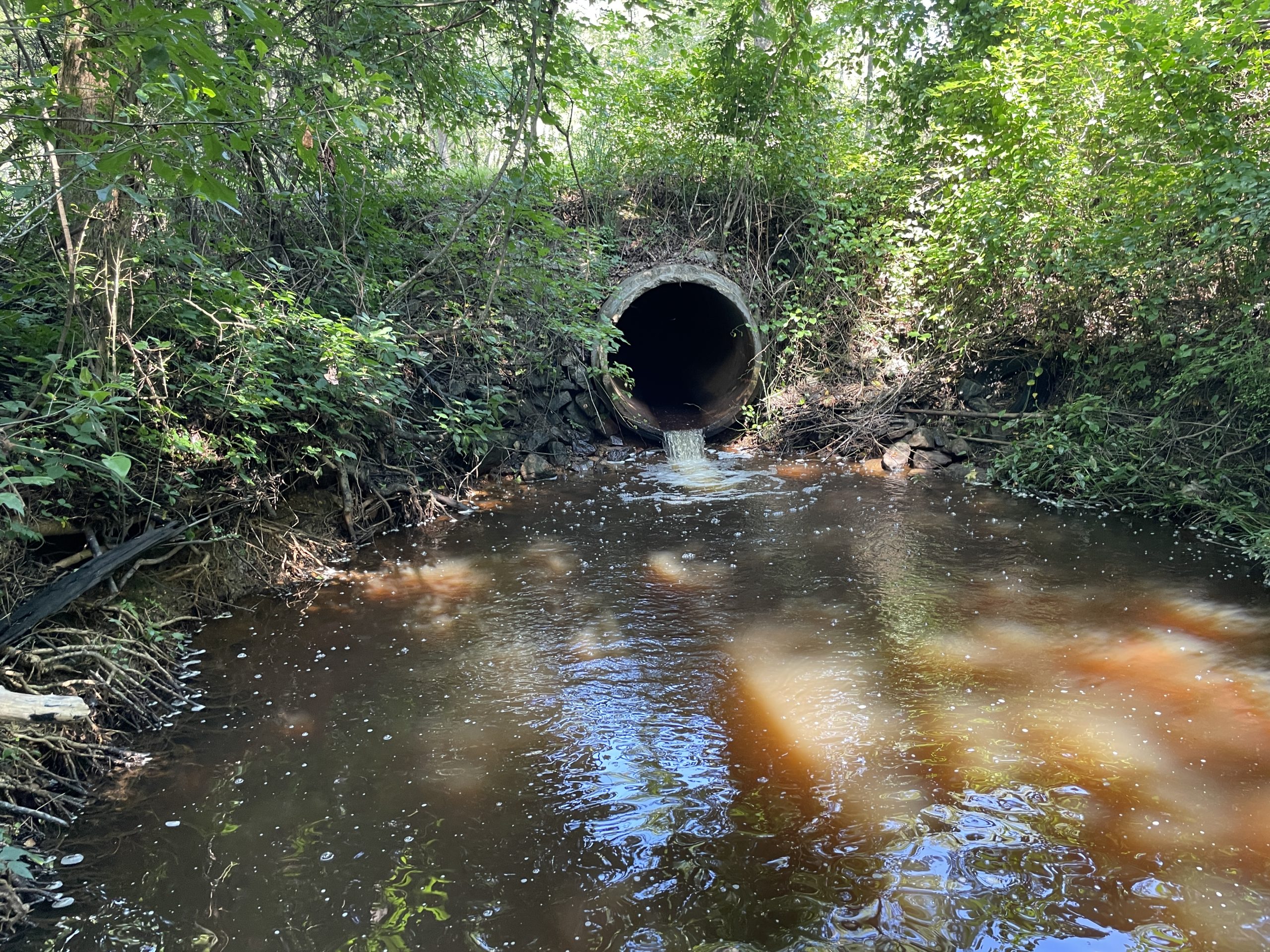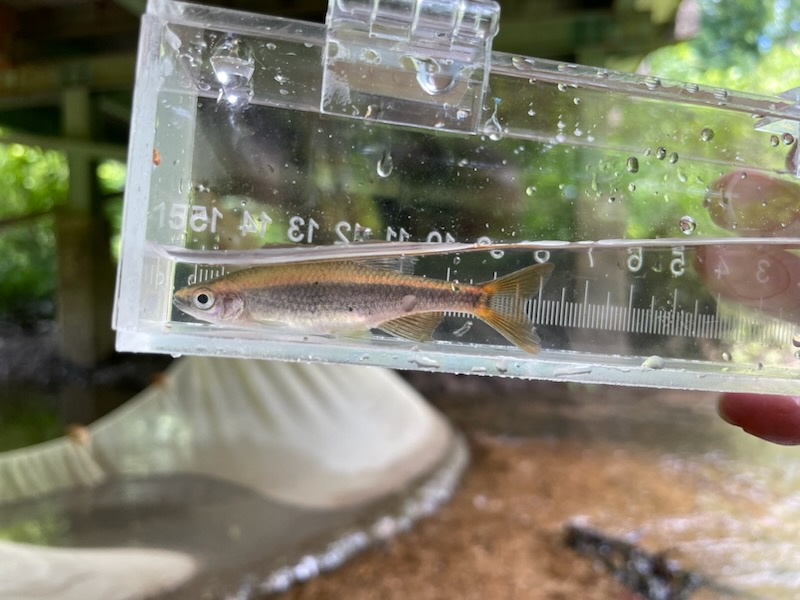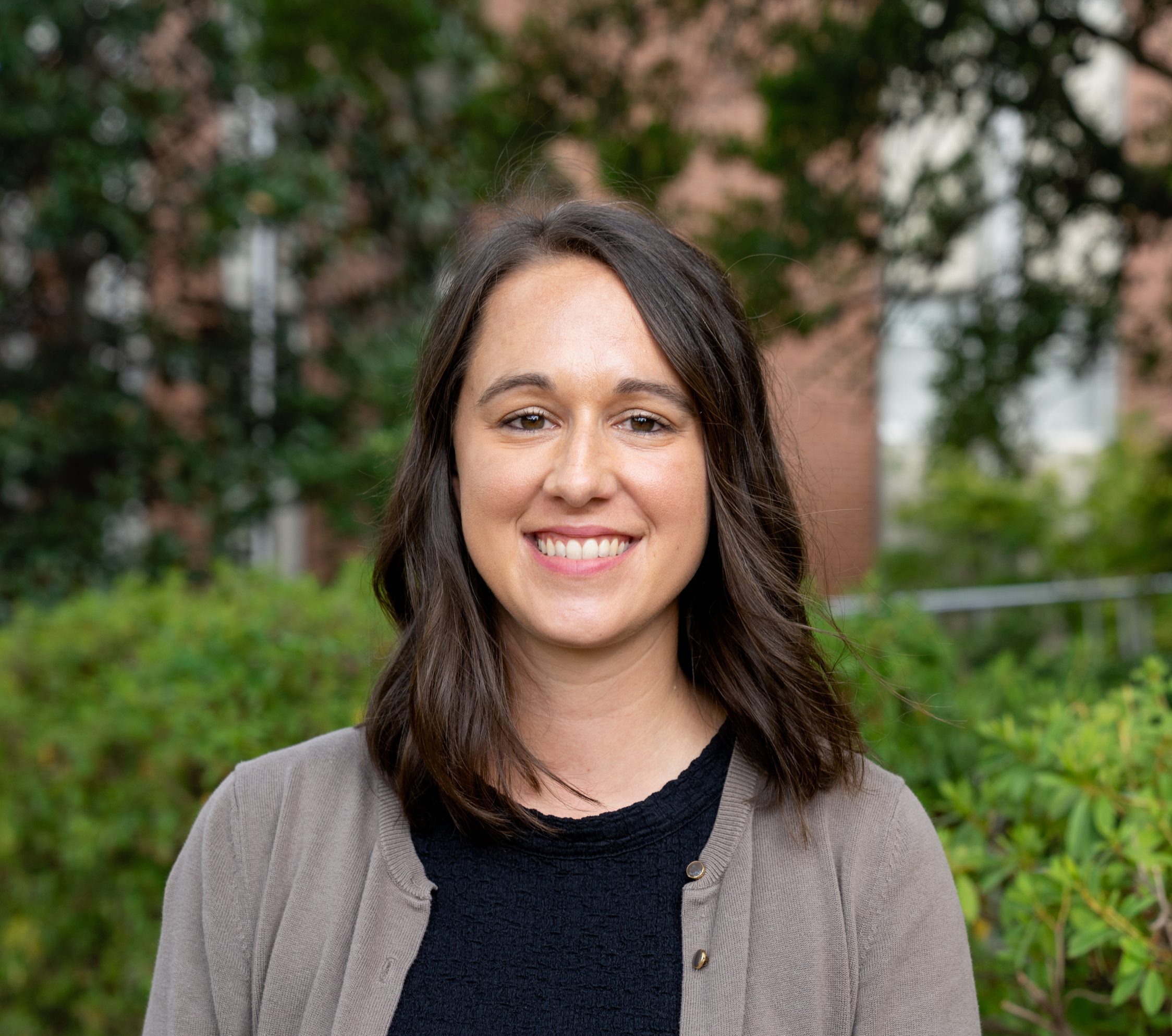ASSISTANT PROFESSOR OF ENVIRONMENTAL SCIENCES
DEPARTMENT OF CROP, SOIL,
AND ENVIRONMENTAL SCIENCES
Tell us about your background and current position.
I’m originally from Brunswick, Maine but decided to move south to Auburn University for college. I received both my BS in Zoology and MS in Fisheries from Auburn. What really got me into the aquatic sciences was ichthyology and witnessing the incredible biodiversity of Alabama’s rivers and streams. I received my PhD from the University of Florida, where I studied how life history traits can facilitate successful invasion of nonnative fish species. Since then, I’ve worked with the USGS studying invasive carp control methods, and the Alabama Natural Heritage Program as a spatial ecologist with a focus on rare species. I’m excited to be a new Assistant Professor of Environmental Systems in the Department of Crop, Soil, and Environmental Sciences where I focus on landscape connectivity and aquatic ecology.
What are your current research projects?
I have a variety of projects and research interests that focus on aquatic connectivity and watershed health and conservation. My current projects include:
Studying the effect of culvert systems on fish assemblage structure and connectivity in the Uchee Creek Watershed. Culvert assessments at road crossings in the Uchee Watershed have been completed, and fish assemblages are being surveyed at a subset of those locations to identify barriers to connectivity and prioritize sites for restoration. This project will be a catalyst for much-needed conservation activity in this watershed to benefit species of greatest conservation need, and to build relationships with the community through land stewardship education.

Example of a perched pipe culvert that reduces aquatic connectivity. Photo credit: Dr. Lawson
![SARP 2 OUTLET[38] Sydney instructs at her first Alabama Water Watch workshop.](https://aaes.auburn.edu/wrc/wp-content/uploads/sites/3/2024/10/SARP-2-OUTLET38-scaled.jpg)
Example of a perched box culvert that reduces aquatic connectivity. Photo credit: Dr. Lawson.
Identifying conservation opportunity areas in Alabama. I am working with Kelly Homan, Assistant Professor of Landscape Architecture and the Alabama Department of Conservation and Natural Resources to map and prioritize lands in Alabama that represent key habitats for species of greatest conservation need, as well as corridors that connect those core areas. Identifying key watersheds and opportunities for improving aquatic connectivity will be part of this project.
Characterizing blackwater wetlands in south Alabama. After recently wrapping up a project where we characterized some of the highest quality wetlands across the state, I am collaborating with researchers from Auburn and Troy to understand what species, communities, and abiotic factors are unique to blackwater wetlands in south Alabama. My group will specifically focus on characterizing fish assemblages of these habitats. This project will help state managers better estimate the health of wetlands across this region.

A species of greatest conservation need found during fish surveys for the Uchee watershed project – the broadstripe shiner Pteronotropis euryzonus. Photo credit: Dr. Lawson.

Spotted suker Minytrema melanops found during fish surveys. Photo credit: Dr. Lawson.
What aspects of your work are you most excited about in upcoming years?
I am excited to expand my research program into project areas that will benefit students in the Environmental Science Program through participation in undergraduate research.
I am passionate about teaching and am looking forward to using my research and connections across the state to help students learn marketable skills and find their next opportunity.
I am also energized by developing new collaborations and getting to conduct interdisciplinary, applied research. As new faculty in such a diverse program and department, I am looking forward to learning how I can apply my knowledge and skills in ways I haven’t yet explored.
In your career, what’s the best advice you’ve been given?
Take opportunities as they come, and you’ll find your way. I took a very unconventional path towards becoming faculty at Auburn, but I gained important experience from each leg of the journey. I have worked temporary technician positions, taught high school and community college, worked as a federal biologist, then a heritage program biologist, and was never a formal postdoc. But I was also never unemployed, and with each job I learned new skills, increased responsibilities, and got a bit closer to reaching my career goal of becoming faculty at Auburn. By taking all the opportunities and trying all the different jobs I thought I might like, I know I am where I want to be with no regrets.
If you’d like to get in touch with Dr. Lawson, visit the Auburn University Department of Crop, Soil & Environmental Sciences Directory!

